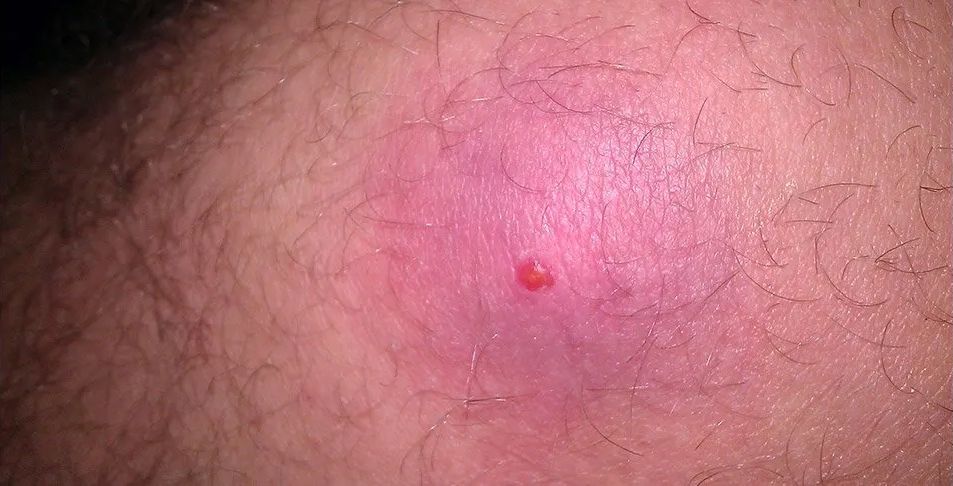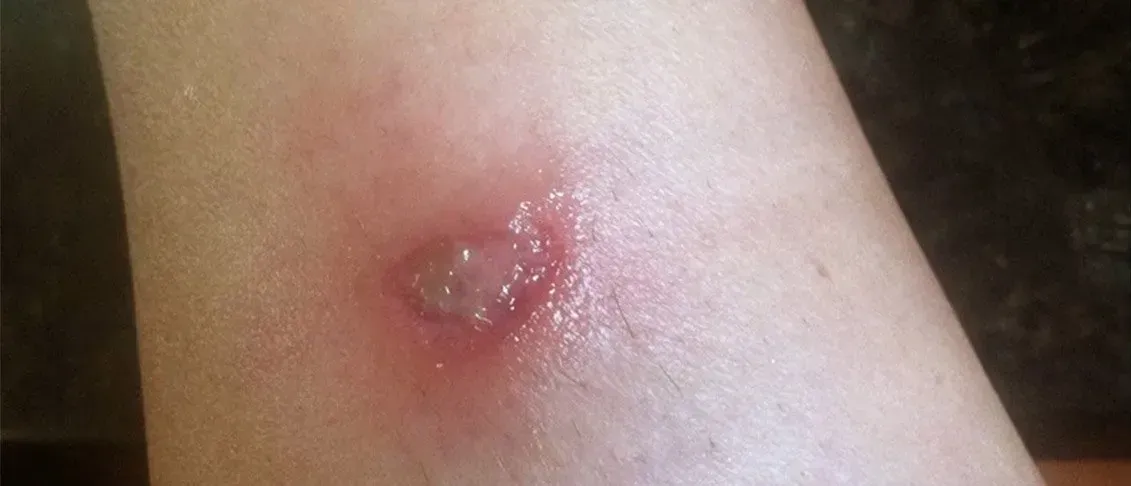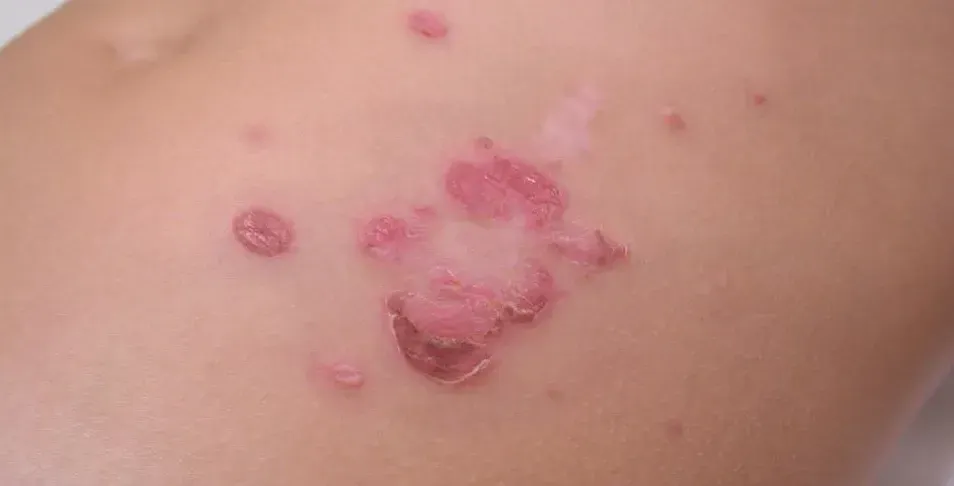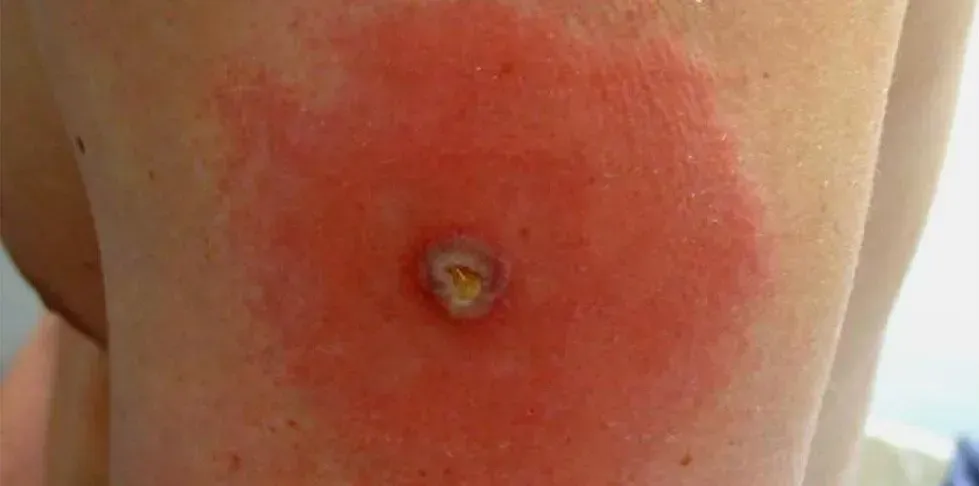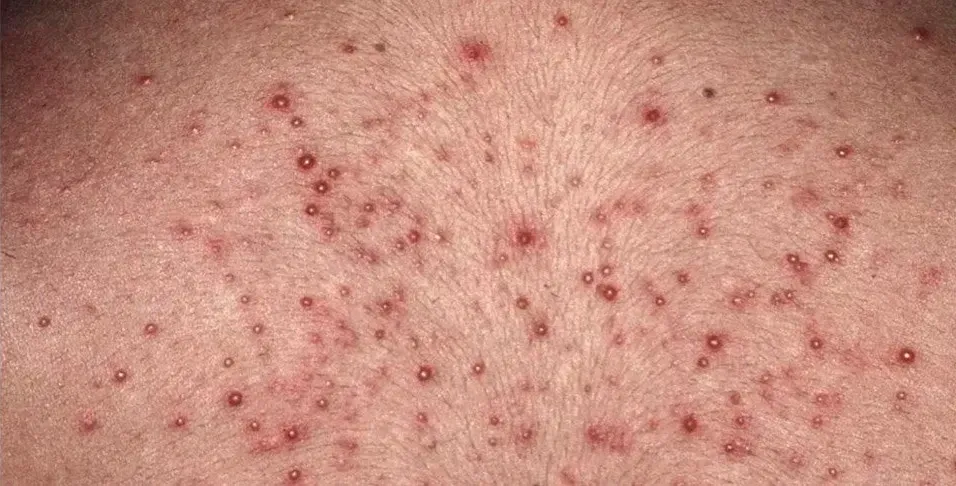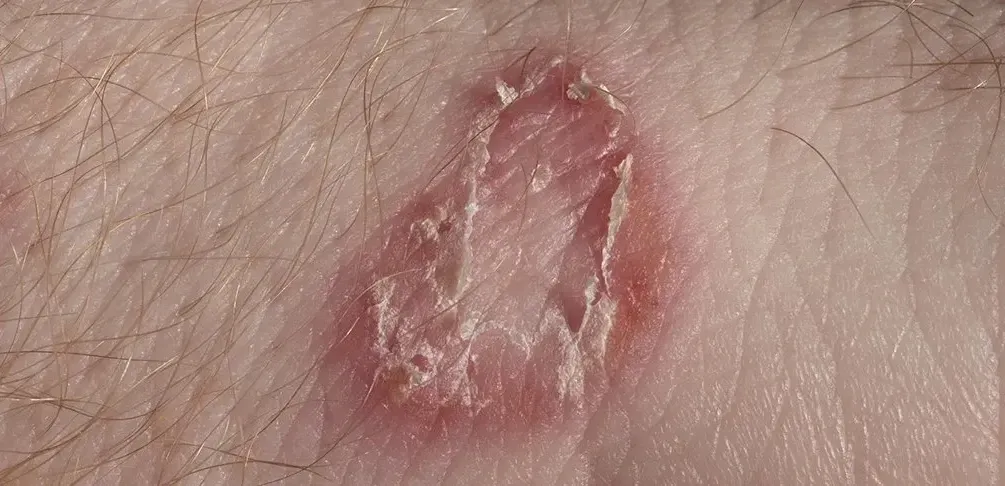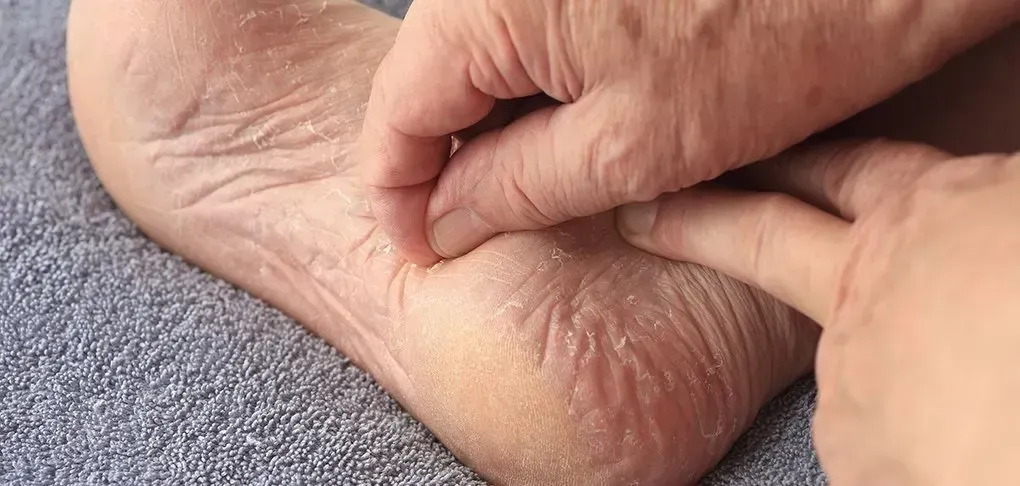EDUCATION
BACTERIAL
Bacterial are microscopic living organisms, usually one-celled, that can be found everywhere. They can be dangerous, such as when they cause infection, or beneficial, as in the process of fermentation (such as in wine) and that of decomposition.
MRSA
Methicillin-resistant Staphylococcus aureus (MRSA) infection is caused by a type of staph bacteria that's become resistant to many of the antibiotics used to treat ordinary staph infections.
Most MRSA infections occur in people who've been in hospitals or other health care settings, such as nursing homes and dialysis centers. When it occurs in these settings, it's known as health care-associated MRSA (HA-MRSA). HA-MRSA infections typically are associated with invasive procedures or devices, such as surgeries, intravenous tubing or artificial joints.
STAPH
Staph infections may cause disease due to direct infection or due to the production of toxins by the bacteria. Boils, impetigo, food poisoning, cellulitis, and toxic shock syndrome are all examples of diseases that can be caused by Staphylococcus.
IMPETIGO
Impetigo is a highly contagious skin condition. It usually occurs on the face, neck, and hands of young children and infants. Children who wear diapers also tend to get it around the diaper area. Impetigo occurs more rarely in adults, usually following another skin condition or an infection.
Impetigo is caused by two bacteria — streptococcus pyogenes and staphylococcus aureus. Recommended treatment often depends on which bacteria are causing your impetigo. Outlook for this condition is good and it usually goes away within two to three weeks.
CELLULITIS
Cellulitis is a common bacterial skin infection. Cellulitis may first appear as a red, swollen area that feels hot and tender to the touch. The redness and swelling often spread rapidly. Cellulitis is usually painful.
In most cases, the skin on the lower legs is affected, although the infection can occur anywhere on your body or face. Cellulitis usually affects the surface of your skin, but it may also affect the underlying tissues of your skin. Cellulitis can also spread to your lymph nodes and bloodstream.
FOLLICULITIS
Folliculitis is a very common, benign skin disorder that appears as pinpoint red bumps, each one involving a hair follicle, occasionally with a small dot of pus at the top.
Folliculitis affects people of all ages, from babies to seniors.
The numerous smooth little tender red bumps involve the hair follicles commonly on the face, scalp, chest, back, buttocks, and legs.
FUNGAL
Any inflammatory condition caused by a fungus. Most fungal infections are superficial and mild, though persistent and difficult to eradicate. Some, particularly in older, debilitated, or immunosuppressed or immunodeficient people, may become systemic and life threatening.
HERPES GLADIATORUM
Herpes gladiatorum is an infectious condition, caused by the herpes viruses and easily transmitted from one person to the other (skin-to-skin contact). The condition was first described more than fifty years ago, being presented in medicine journals. The main culprit behind this infectious condition is the human herpes simplex virus.
VIRAL
Any of various extremely small, often disease-causing agents consisting of a particle (the virion), containing a segment of RNA or DNA within a protein coat known as a capsid. The genetic material may then be incorporated into the cell's own genome or remain in the cytoplasm.
RINGWORM
Dermatophytosis, more commonly known as as ringworm, is a fungal infection of the skin. Ringworm is a misnomer. The infection isn’t caused by a worm. It’s caused by a fungus.
Ringworm infection can affect both humans and animals. The infection initially presents itself with red patches on affected areas of the skin and later spreads to other parts of the body. The infection may affect the skin of the scalp, feet, groin, beard, or other areas.
ATHLETE'S FOOT
Athlete’s foot — also called tinea pedis — is a contagious fungal infection that affects the skin on the feet and can spread to the toenails and sometimes the hands. The fungal infection is called athlete’s foot because it’s commonly seen in athletes.
Athlete’s foot isn’t serious, but sometimes it’s hard to cure. However, if you have diabetes or a weakened immune system and suspect that you have athlete’s foot, you should call your doctor immediately.


